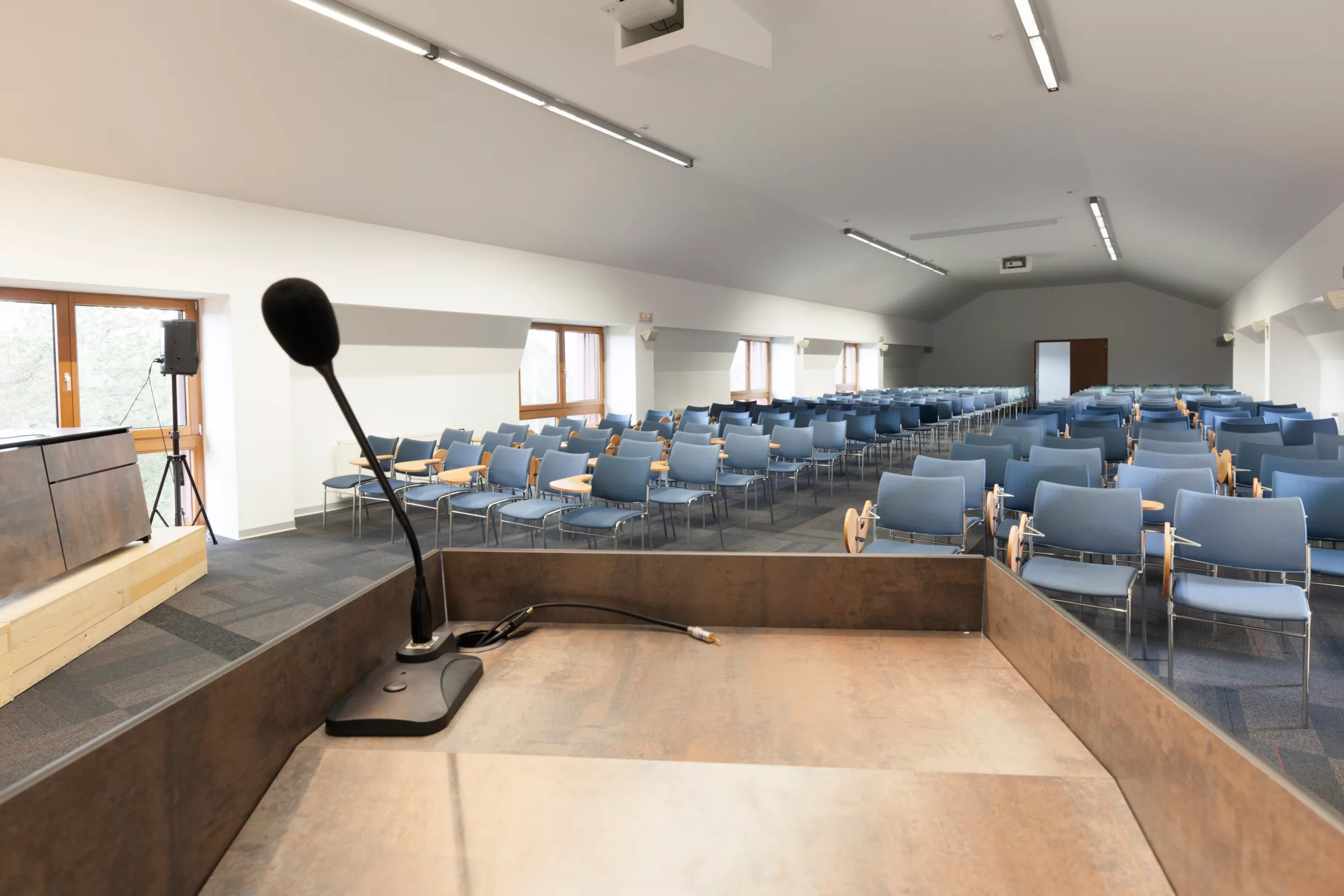
Another crucial factor is the image quality of the cameras. The image quality determines the clarity of the footage captured by the units. Higher image quality cameras provide sharper images, which can be vital for identifying individuals or license tags. Companies should evaluate their specific requirements when choosing the image quality. For instance, a store store may need high-resolution units to monitor customer engagements, while a warehouse might focus on broader monitoring over fine resolution. It is also essential to consider about the storage options for the captured footage. Companies can choose between on-site storage, such as solid-state drives, or remote solutions, which allows for off-site access and simpler management of footage data.
The placement of the units is another key consideration. Proper unit placement can significantly improve the effectiveness of a surveillance system. Units should be located to cover all access and exit areas, as well as busy areas within the business. It is also crucial to consider possible blind spots where criminal activity could happen unnoticed. A qualified security expert can assist determine the optimal locations for unit installation to enhance coverage and minimize weaknesses. Additionally, companies should consider about the illumination conditions in the locations where cameras will be set up. Cameras with low-light vision are essential for observing poorly illuminated areas.
Connectivity and integration with other surveillance systems are also important considerations. Many modern surveillance camera systems offer capabilities such as remote monitoring through smartphones or computers, which allows business managers to observe their premises in actual time. Integration with security alert solutions or access management solutions can provide a more holistic surveillance system. Companies should evaluate their current surveillance protocols and think about how a new video solution can complement or boost those protocols. This integration can lead to a more efficient and efficient surveillance strategy.
Ultimately, budget considerations play a significant part in choosing a security camera system. see this site Businesses must weigh the requirement for top-notch devices with their financial constraints. It is essential to investigate various manufacturers and types to find a system that offers the optimal worth for cost. Although it may be tempting to choose the cheapest option, investing in a dependable and durable system can save costs in the long-term by reducing maintenance costs and enhancing safety. By carefully considering these considerations, companies can choose the ideal surveillance video solution that fulfills their specific needs and improves their total security strategy.